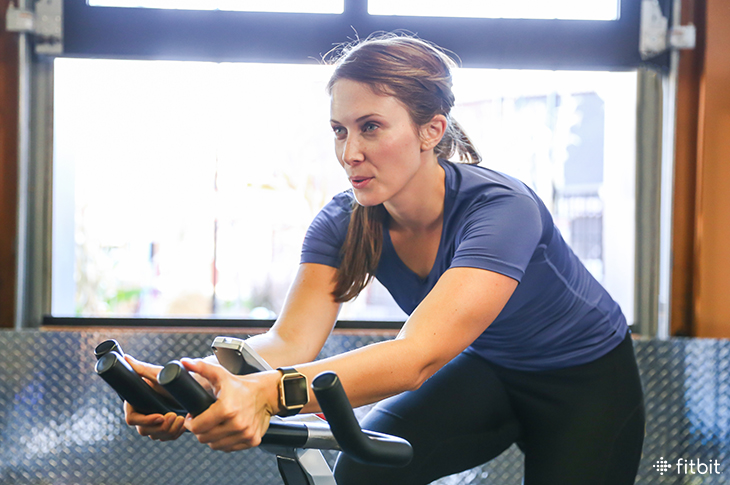
Since grade school you’ve probably been told that cool downs are the proper way to end any workout. Conventional wisdom says they can lessen cardiovascular stress, help prevent injury, and reduce lactic acid build up and muscle soreness. But how often do you get back from a run, hop off your exercise bike, or finish a weight session and immediately jump in shower so you can get on with your day?
Probably a lot. And that’s ok. Several studies have shown that cool downs have little to no effect on future muscle soreness, strength, or flexibility. As for flushing lactic acid, that’s “totally bogus,” says exercise physiologist Jonathan Dugas, PhD, co-author of The Science of Sport blog and director of health and research at The Vitality Group in Chicago. “In terms of injury prevention or optimization of training or health, I can’t say there’s really a basis of why you should cool down.”
So if a cool down isn’t necessary, should you still do it? “Yes,” says Dugas. Although stopping suddenly doesn’t put more stress on your heart and circulatory system, it can cause blood to pool in your extremities and make you dizzy. “A cool down helps you literally cool off a little before you go shower and get on with the rest of your life,” says Dugas. “It’s more of a comfort thing.”
The Best Way to Cool Down—Walking!
At the end of a workout, you may be panting, sweating like crazy, and feel like your heart is pounding out of your chest. It’s natural to want to walk around a bit and let your heart rate return to a normal level. And that walking is cool down enough. “Most people would do it by default,” says Dugas. “Any more is overthinking it.”
In fact, Dugas can only think of two situations in which you might benefit from longer, reduced-intensity activity at the end of a workout:
- If, after the hard portion of your workout, you go another easy mile or do another set of exercises at a lower intensity, you can get in more volume with less physical stress while gaining a psychological advantage. “You get that fatigued sensation—my legs are dead, for example—but I can keep turning them over,” says Dugas. “It can be a real confidence builder.”
- Given that you’re thoroughly warmed up, post-workout can be a good time to do maintenance work on strength and flexibility. Dugas maintains that to improve either of these areas you need to make them the focus of their own workouts sessions at some phase of your training. But once you’ve achieved the strength or flexibility you desire, doing some work daily or at least a couple of times a week can maintain your range of motion and muscle memory. Try dynamic exercises like lunges, or push-ups, or do gentle stretching to maintain a full range of motion. Regardless of the benefits, “When you finish a workout, it feels awfully good to stretch,” says Dugas.
This information is for educational purposes only and is not intended as a substitute for medical diagnosis or treatment. You should not use this information to diagnose or treat a health problem or condition. Always check with your doctor before changing your diet, altering your sleep habits, taking supplements, or starting a new fitness routine.

I have been lead to believe that eating raw onions helps disapate the lactic acid, after exercising,is this so